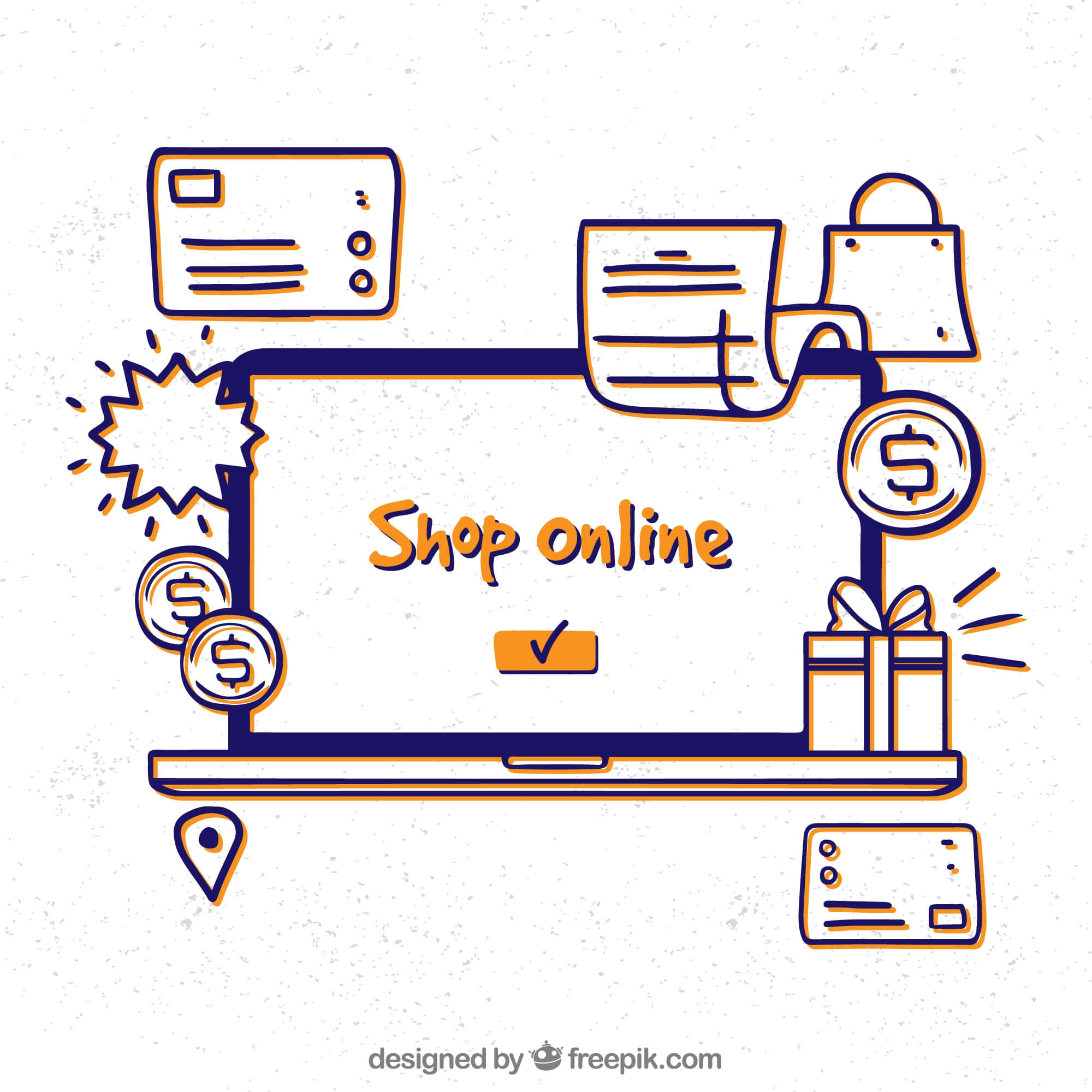


Now businesses focus on providing high-quality websites to engage customers. They build effective web design for their website as a first step to building their brand and reaching the customers.
There are certain elements added to e-commerce website design to make it outstanding among the customers. The elements given below make the website a success with this engaging and user-friendly content. Sales can be improved with a great design and layout. Apart from getting clicks to add to cart button, providing customers with information helps them make the right decisions about the products.
You can create an engaging and beautiful e-commerce website that with the elements mentioned below.
Even if someone visits the e-commerce website he will only stay or place an order if the website is found interested. So it is crucial to keep them engaged in the website. CTAs (calls to action) are an element to improve customer experience and to take action. User's contact information can be collected through this element and contact later to inspire them.
You can make users engage in the website by providing CTA buttons with various purposes like offering discounts or connecting social media. So the users can spend on the site and take actions which might end up buying some products. Strong CTAs giving better reasons to click may lead to more actions from the users on the website.
Customers decide to purchase the product after seeing the product details and images. So it is important to upload several high-quality images from various angles and point out its unique features. Also, include images where the customers show the products from different angles to feel realistic.
This is an important element as it is where the customers complete the purchase. There will be no benefit if this is not properly implemented. A checkout is good with easily filling forms, speed, guest checkout options, and the cart summary. The checkout process can be good with clear forms and a summary of the order.
The web design following the best practices and categorizing the products properly for the users to find their required product easily improves the customer experience. The design must be easily approachable. The search bar, location, and cart at the top of the screen is an example of easy navigation.
Several sections in a website can be reduced into broader categories to provide a better user experience on all kinds of devices. Less navigation helps in improving the usability of the website.
The feature of showing related products for the products viewed by customers will have a positive impact. This might lead to buying more products by customers. This helps in finding related products easily which enhances the user experience more conversion rates.
Now most of the purchases are made through mobile devices. People engage in these e-commerce websites through mobile. So it is pivotal to improve e-commerce design for smaller screens. You might lose your valuable customers and sales for not properly optimizing the design for smartphones, tablets, etc. There are many tools available for designers to test their designs and check the proper working in mobile devices. Creating a mobile-friendly website for a business is imperative to ensure seamless user experiences across all devices and maximize customer engagement and conversions.
Giving contact information on the website earns the trust of customers. This gives customers an option to contact the website owner if something happens. The feedback option provided on the website is useful for the customers to add any queries. Proper replies should be provided to the feedback to maintain effective relationship with the customers.
